Bring me the horizon. Or faster and more power-efficient chips, one of the two.
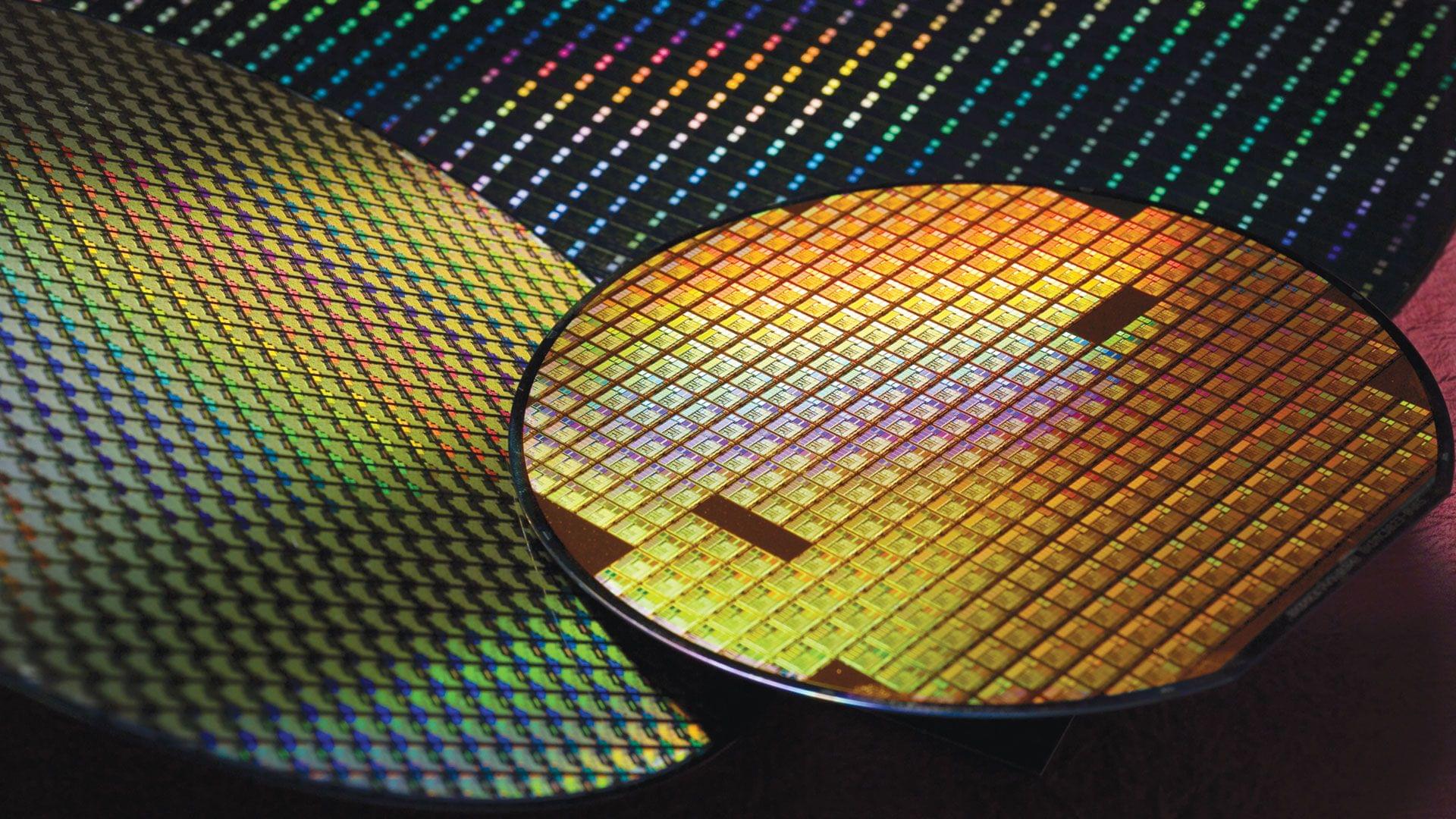

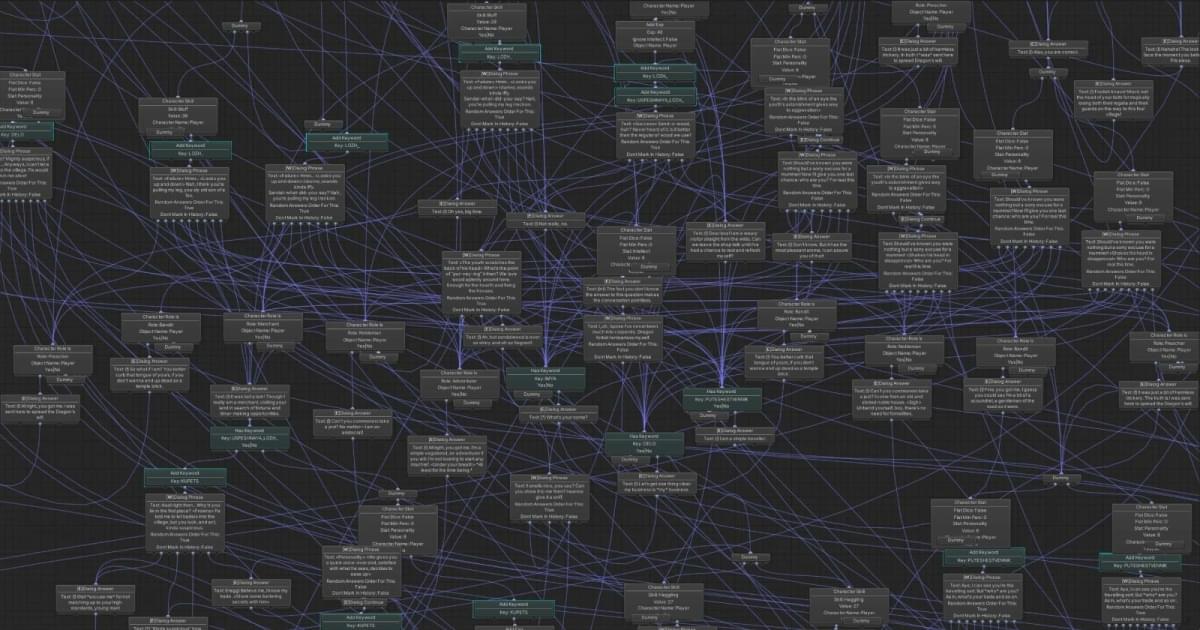
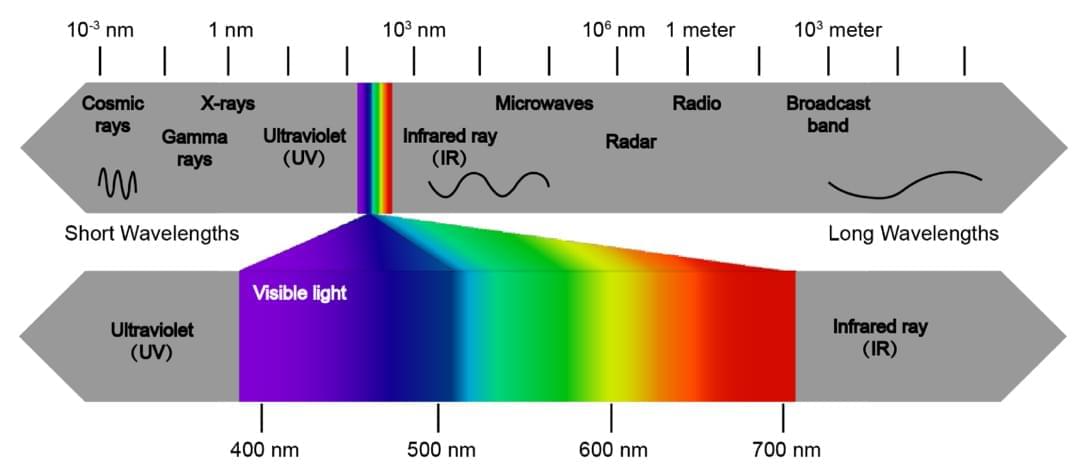
A research team led by Prof. XUE Tian and Prof. MA Yuqian from the University of Science and Technology of China (USTC), in collaboration with multiple research groups, has successfully enabled human near-infrared (NIR) spatiotemporal color vision through upconversion contact lenses (UCLs). The study was published online in Cell on May 22, 2025 (EST), and was featured in a News release by Cell Press.
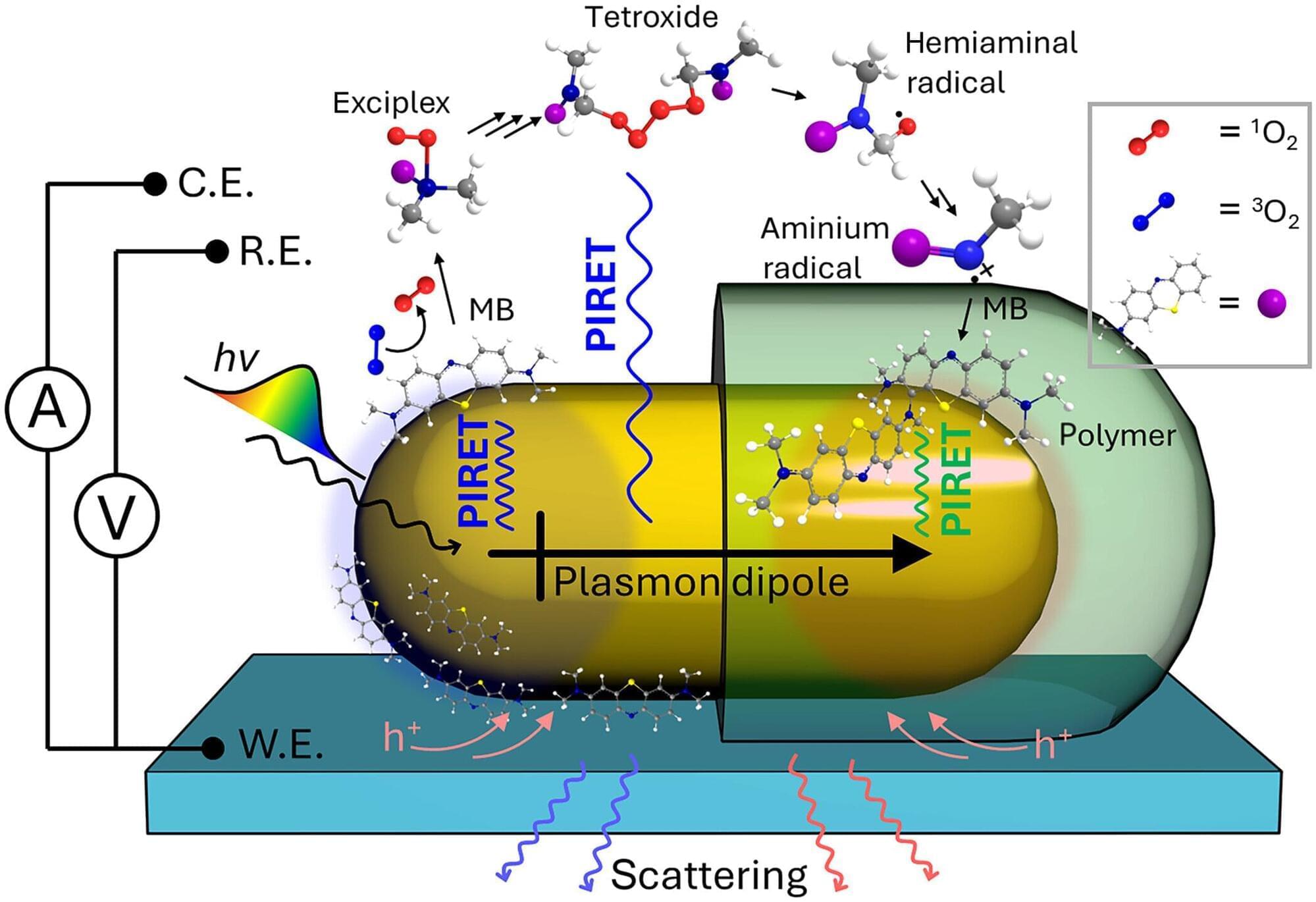
Scientists are exploring many ways to use light rather than heat to drive chemical reactions more efficiently, which could significantly reduce waste, energy consumption, and reliance on nonrenewable resources.
A team of chemistry researchers at the University of Illinois Urbana-Champaign has been studying plasmon-induced resonance energy transfer (PIRET)—conveying energy from a tiny metal particle to a semiconductor or molecule without the need for any physical contact.
“If you’d like to do chemistry with light, then your first step would be to use that light as efficiently as possible,” said Illinois chemistry professor Christy Landes, who co-leads the research team exploring this innovative research. “And one of the most efficient ways to use light is to use plasmonic metal nanoparticles, because they are better than just about any other material at absorbing and scattering light.”
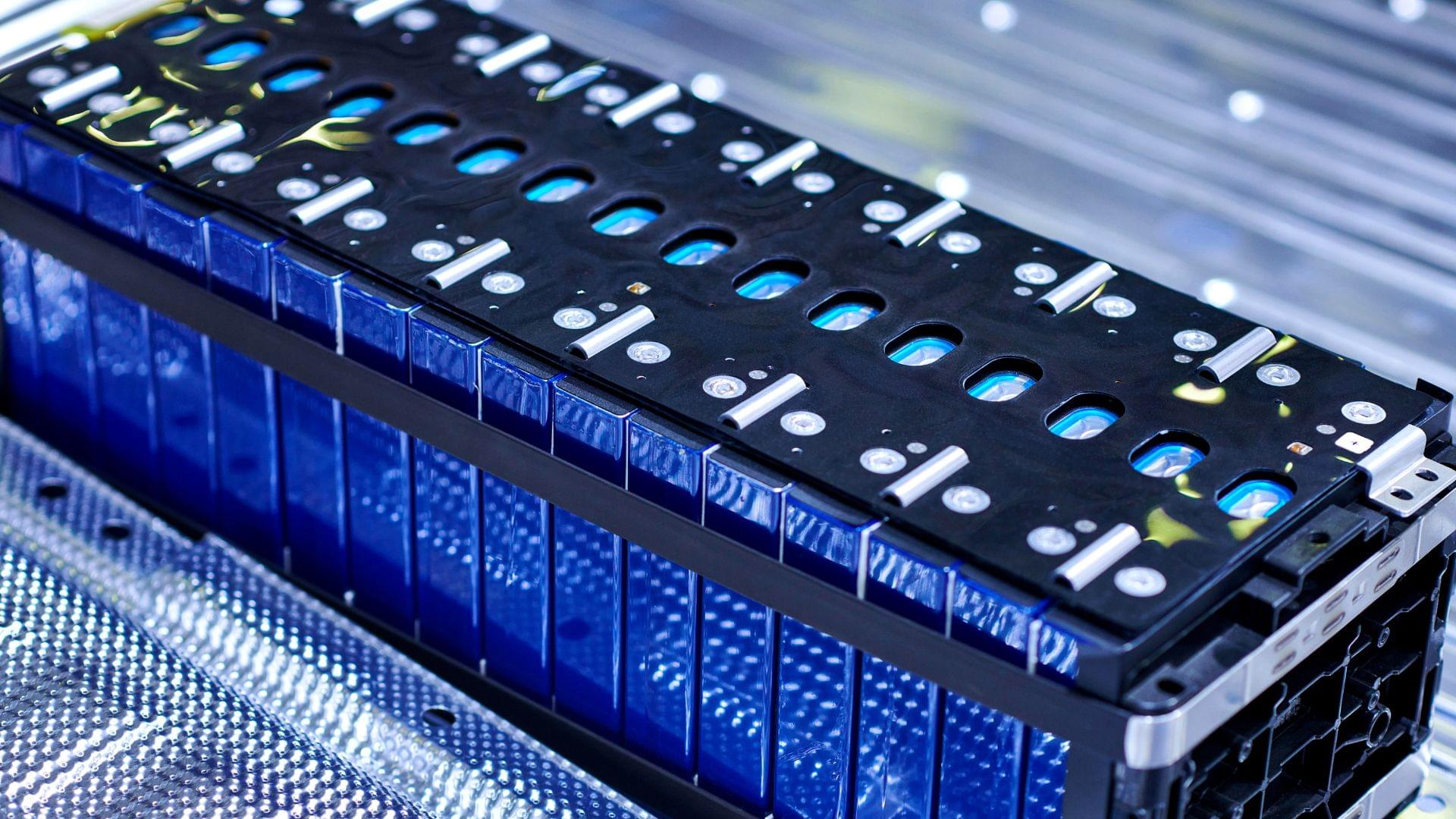
A research work conducted by scientists from Japan could help make next-generation solid-state batteries. Researchers from Japan’s Tohoku University have confirmed that the pressure-assisted sintering techniques such as hot pressing (HP) and spark plasma sintering (SPS) were found effective to develop next-generation batteries.
Researchers highlighted that solid-state lithium metal batteries (SSLMBs) are drawing worldwide attention as a next-generation technology that promises higher energy density and greater safety than today’s lithium-ion batteries.


Geophysicists have modeled how Earth’s magnetic field could form even when its core was fully liquid. By removing the effects of viscosity in their simulation, they revealed a self-sustaining dynamo that mirrors today’s mechanism. The results illuminate Earth’s early history, life’s origins, and the magnetism of other planets. Plus, it could help forecast future changes to our planet’s protective shield.

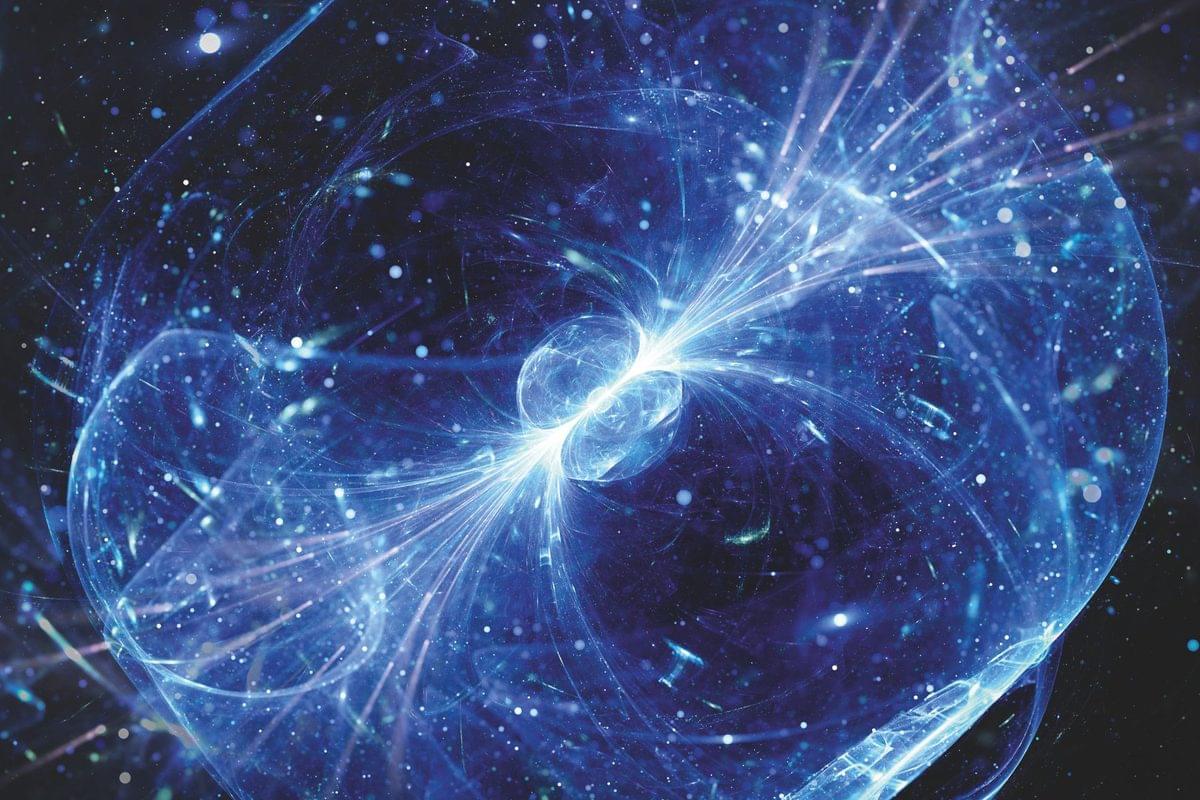
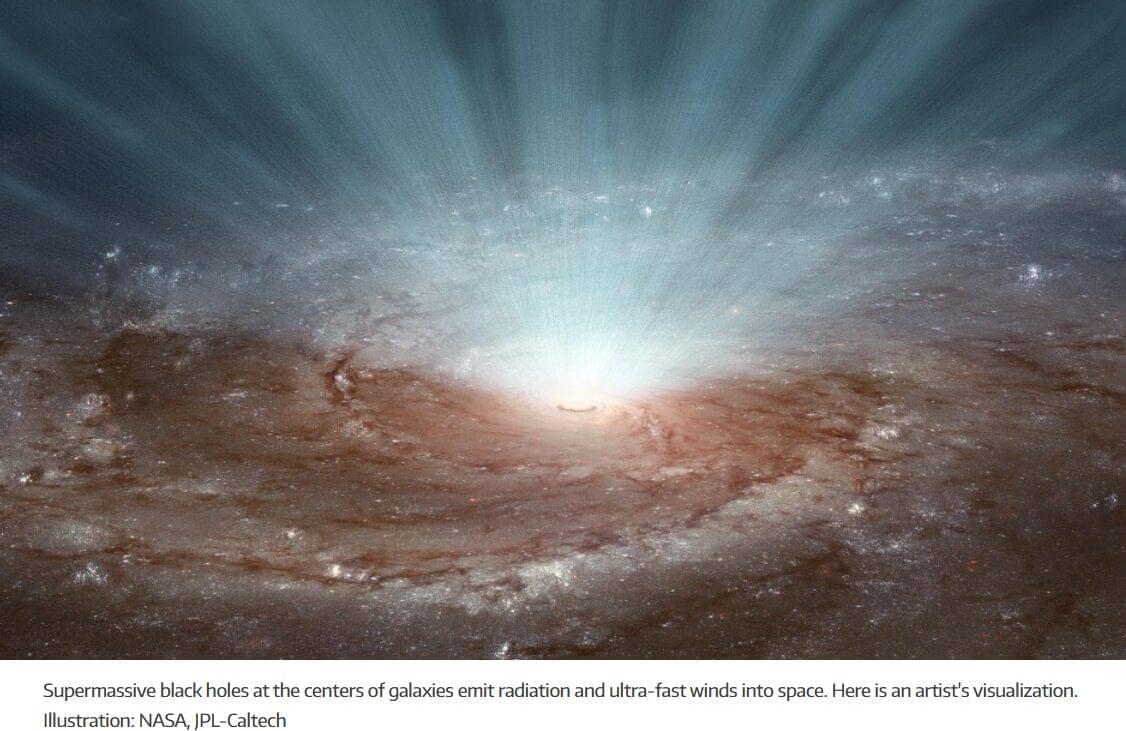
Could black holes help explain high-energy cosmic radiation?
Scientists may have finally uncovered the mystery behind ultra-high-energy cosmic rays — the most powerful particles known in the universe. A team from NTNU suggests that colossal winds from supermassive black holes could be accelerating these particles to unimaginable speeds. These winds, moving at half the speed of light, might not only shape entire galaxies but also fling atomic nuclei across the cosmos with incredible energy.
The universe is full of different types of radiation and particles that can be observed here on Earth. This includes photons across the entire range of the electromagnetic spectrum, from the lowest radio frequencies all the way to the highest-energy gamma rays. It also includes other particles such as neutrinos and cosmic rays, which race through the universe at close to the speed of light.